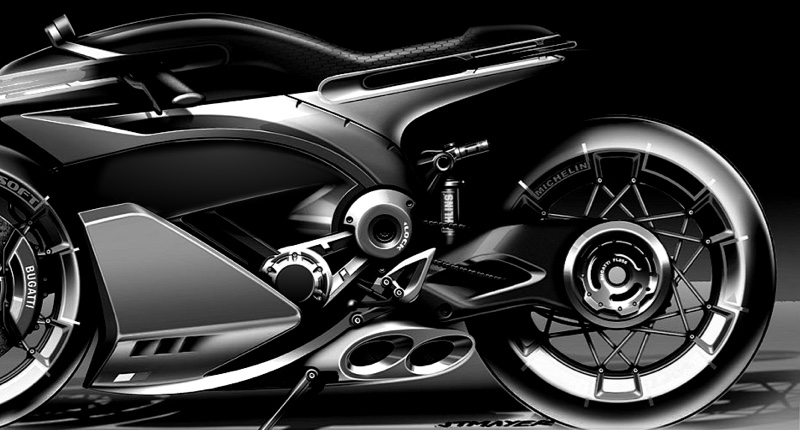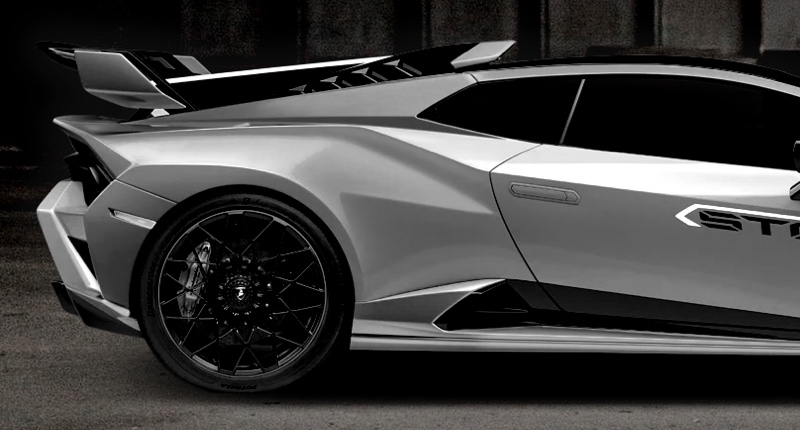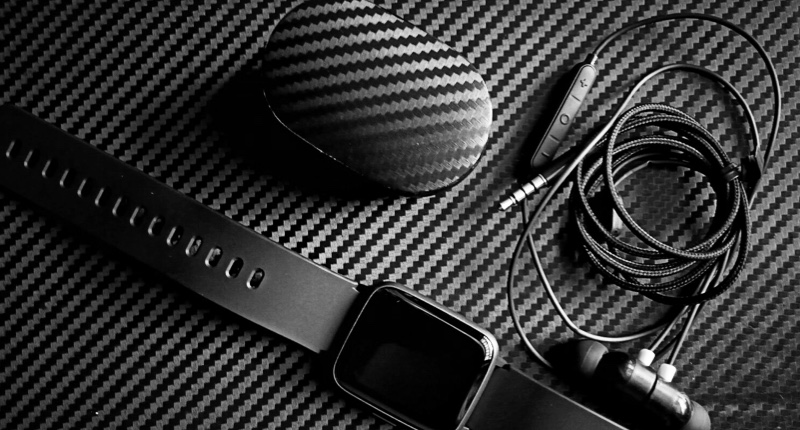Understanding the Difference Between Dry Carbon and Wet Carbon Products
Supreem Carbon explains everything you need to know about dry carbon vs wet carbon fiber. Learn their benefits, differences, and ideal uses in performance industries. Our carbon fiber parts are engineered for strength, durability, and precision—trusted by professionals who demand the best.
- Carbon fiber is an incredibly strong and lightweight material that has a wide array of uses in industries ranging from automotive to aerospace. Two primary methods for creating carbon fiber components are the "dry carbon" process and the "wet carbon" process. Each method has its advantages and drawbacks, and understanding these differences is crucial for manufacturers, engineers, and consumers alike when evaluating the final product.
-
What Is the Wet Carbon Process?
The wet carbon process, also known as Resin Transfer Molding (RTM) or Wet Layup, involves the use of resin that is infused or applied to carbon fiber mats or fabrics. This process can be broken down into two common subtypes:
Wet Layup (Manual Layup): In this technique, layers of carbon fiber fabric are placed manually into a mold, and resin is then poured or brushed over the fabric. The resin permeates the fibers and hardens over time, creating a solid composite material. After curing, the product is removed from the mold.
-
Resin Infusion (RTM): Here, carbon fiber fabrics or mats are placed into a mold, and the resin is vacuum-infused into the fabric. This method allows for more precise control of the amount of resin used, resulting in a lighter and stronger product.
In both cases, the carbon fiber strands are impregnated with resin to bond them together and form a solid material. The process can be labor-intensive but offers flexibility in terms of shaping the material and is typically more cost-effective for lower-volume production runs.
-
What Is the Dry Carbon Process?
The dry carbon process, also referred to as Prepreg (pre-impregnated) carbon fiber, uses carbon fiber that has been pre-impregnated with resin. In this process, carbon fiber sheets are pre-coated with a resin before being placed into a mold. The resin is typically a thermosetting polymer that has been partially cured to a tacky state. The carbon fiber layers are then stacked together in the mold and fully cured under heat and pressure, typically in an autoclave.
-
Prepreg carbon fiber offers several advantages over wet carbon methods, including more precise control over resin content, a more consistent finish, and better mechanical properties. The materials are more expensive, however, due to the advanced processing techniques required.
How to Distinguish Dry Carbon Products from Wet Carbon Products
The distinction between dry carbon and wet carbon products is primarily related to the production process, but there are also visible differences that can help to identify them:
-
Surface Finish:
1.Dry Carbon: Dry carbon parts often have a smoother, more uniform surface finish. The resin in dry carbon is more evenly distributed, leading to a glossy or semi-glossy appearance that is typically uniform across the part. The finished surface tends to have a higher-quality, more polished look.
2. Wet Carbon: Wet carbon parts tend to have a more textured, uneven surface finish, as the resin tends to pool in areas or leave slight air bubbles and imperfections. The surface is often matte or slightly rougher compared to dry carbon.
-
Weight:
1. Dry Carbon: Dry carbon components tend to be lighter due to the more precise control over resin content in the prepreg process. The resin-to-fiber ratio is typically lower, meaning the material is made up of more carbon fiber and less resin.
2. Wet Carbon: Wet carbon parts tend to be slightly heavier because they usually contain more resin. The resin is applied in bulk and can saturate the fibers more than in the dry carbon method, resulting in a higher overall weight.
-
Strength and Durability:
1.Dry Carbon: Dry carbon products often have superior strength and stiffness, thanks to the controlled resin-to-fiber ratio and the fact that the resin is more fully integrated with the fibers during the curing process. This makes dry carbon components more durable and resistant to fatigue.
2. Wet Carbon: Wet carbon products may not offer the same level of mechanical strength, as the resin content can vary, and the process might not ensure complete impregnation of the fibers. However, wet carbon parts are still quite strong and can be used for many high-performance applications.
-
Transparency:
1. Dry Carbon: Dry carbon products often have a more transparent appearance, where the carbon fiber weave is clearly visible through the resin. This is due to the higher quality of the resin and the consistent curing process.
2. Wet Carbon: In wet carbon products, the resin may not fully coat the fibers as uniformly, which can result in a cloudy or less transparent finish where the weave is less visible.
-
Cost:
1. Dry Carbon: Dry carbon is more expensive due to the prepreg materials and advanced curing processes (such as autoclave curing) that require more specialized equipment and techniques.
2. Wet Carbon: Wet carbon is generally less expensive because the materials and processes involved are simpler and less labor-intensive. However, the overall quality and consistency may be lower.
-
Feature Dry Carbon Fiber Wet Carbon Fiber Manufacturing Method Prepreg with autoclave curing Manual wet layup or resin infusion Weight Lighter (less resin content) Slightly heavier Strength Higher stiffness and durability Moderate strength Finish Smooth and glossy Matte or uneven Cost Higher Lower Ideal For High-performance & luxury parts Cost-effective production -
Key Differences Between the Dry Carbon Process and Wet Carbon Process
Production Speed: -
Wet Carbon: The wet carbon process is generally slower than dry carbon due to the manual labor involved in laying up the fabric and applying the resin, especially in traditional hand-layup methods.
2. Dry Carbon: The dry carbon process can be quicker in high-volume production due to the use of pre-impregnated fibers and the efficiency of automated systems, though the curing process in autoclaves can take several hours.
-
Material Cost:
1. Wet Carbon: The raw materials for wet carbon products are generally cheaper, and the process is more cost-effective for producing parts in larger quantities.
2. Dry Carbon: The materials and equipment needed for dry carbon are more expensive, making the dry carbon process more suitable for high-performance or specialty products where cost is less of a concern.
-
Quality Control:
1. Wet Carbon: Wet carbon allows for more flexibility in production, but there may be more variation in the resin-to-fiber ratio, which can lead to inconsistencies in the final product’s mechanical properties.
2. Dry Carbon: Dry carbon provides greater precision in terms of resin distribution and consistency, leading to higher-quality products with better performance characteristics.
Conclusion
In summary, the primary difference between dry carbon and wet carbon lies in the production process—wet carbon uses resin that is manually applied or infused into the carbon fibers, while dry carbon uses pre-impregnated fiber that is cured under high pressure and temperature. Each process has its benefits and drawbacks in terms of cost, strength, surface finish, and durability. Wet carbon is more cost-effective and flexible but may result in heavier, less consistent parts. Dry carbon, on the other hand, offers superior performance and aesthetics but comes at a higher cost. Understanding these differences is essential for selecting the right material for a given application. - At Supreem Carbon, we specialize in precision-engineered dry and wet carbon fiber products tailored to your performance needs. Whether you require lightweight automotive components or durable aerospace materials, our team ensures the highest standards of quality and consistency.
👉 Contact Supreem Carbon today to discover how we can support your next carbon fiber project.

Лучший производитель углеродного волокна в Китае

Research on the Causes of Yellowing of Carbon Fiber Products.

What are the Applications of Carbon Fiber in BMW Cars

Supreem Carbon new engine cover released!

Asia's Top Carbon Fiber Motorcycle Accessory Brand

2020+ Toyota Supra A90 Carbon Fiber Engine Cover released!
For Customized Service
What is the customization process of carbon fiber products?
1. Customer provide 3D drawing, design requirement or idea
2. Technician evaluate project feasibility and provide a quotation
3. Project confirmation and arrange sample production
4. Delivery and customer feedback
5. Big scale orders production
What can be customized in addition to customized carbon fiber parts?
You can customize your company logo, packaging, even the color of coating and so on.
For After-sales Service
What can I do if the carbon fiber products arrived is broken?
Please give us feedback as soon as possible and we will send new one to you.
Do you offer a warranty?
Six month standard warranty on all products. Damage due to installation error or natural elements will not be covered.
For Products
Which carbon fiber material you can provide in production?
1*1 plain /2*2 twill / forged carbon / honeycomb / kevlar and so on.

Ducati Panigale V4 Carbon Fiber Belly Pan Custom

Kawasaki H2/H2R Carbon Fiber Tail Center Fairing

Aprilia Tuono V4 Carbon Fiber Exhaust Cover

Kawasaki Z650 Carbon Fiber Tank Side Panels
Let’s Bring Your Carbon Fiber Ideas to Life
Have a question or inquiry about our carbon fiber composite products? Leave us a message here, and our team will get back to you promptly.
Whether you're interested in custom orders, technical specifications, or partnership opportunities, we're here to assist you.
Please fill out the fields above with your name, email address, and message.
© 2024 Supreem Carbon All Rights Reserved.





Facebook
Pinterest
LinkedIn
Instagram